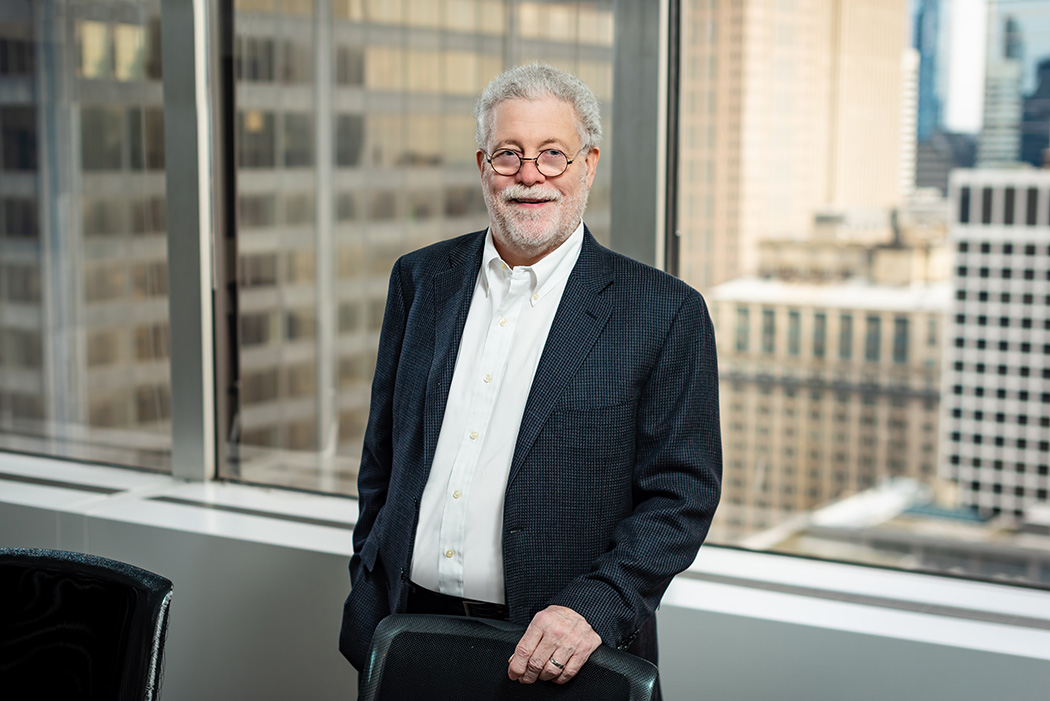Supreme Court Grants Certiorari in Amgen v. Sanofi: High Court Will Tackle Proper Enablement Standard
- November 7, 2022
- Snippets
The Supreme Court on Friday, Nov. 3, granted Amgen’s petition for certiorari on the second of the Questions Presented in its petition:
2. Whether enablement is governed by the statutory requirement that the specification teach those skilled in the art to “make and use” the claimed invention, 35 U.S.C. §112, or whether it must instead enable those skilled in the art “to reach the full scope of claimed embodiments” without undue experimentation—i.e., to cumulatively identify and make all or nearly all embodiments of the invention without substantial “‘time and effort,’” Pet.App. 14a (emphasis added).
This Question, and how the Court has been petitioned to address it, directly concerns the scope of disclosure necessary to satisfy the statutory requirements of 35 U.S.C. §112(a), a question of particular importance for genus claims in pharmaceutical and biotechnology patents.
The petition was filed after en banc review was denied by the Federal Circuit after the Court affirmed the district court’s grant of JMOL below, overturning a jury’s decision that the asserted claims were not invalid for non-enablement. The case arose when Amgen sued Sanofi and Regeneron over sales of its antibody product Praluent® (alirocumab), which allegedly competes with Amgen’s antibody product, Repatha™ (evolocumab). Amgen’s asserted patents, U.S. Patent Nos. 8,829,165 (“‘165 patent”) and 8,859,741 (“‘741 patent”), claim a genus of antibodies that encompass Sanofi and Regeneron’s antibody. The Federal Circuit’s decision affirming the district court’s JMOL of non-enablement was based on its determination that “[t]he claimed antibodies are defined by their function: binding to a combinations of sites (residues) on the PCSK9 [target] protein, in a range from one residue to all of them; and blocking the PCSK9/LDLR interaction.” The Federal Circuit recited its requirements in such cases for satisfying the enablement requirement:
What emerges from our case law is that the enablement inquiry for claims that include functional requirements can be particularly focused on the breadth of those requirements, especially where predictability and guidance fall short. In particular, it is important to consider the quantity of experimentation that would be required to make and use, not only the limited number of embodiments that the patent discloses, but also the full scope of the claim.
In its petition Amgen maintained that this standard was in error, being contrary to ancient Supreme Court precedent, citing Mowry v. Whitney, 81 U.S. 620, 644-645 (1871); The Telephone Cases, 126 U.S. 1, 536 (1888); Minerals Separation, Ltd. v. Hyde, 242 U.S. 261, 271 (1916); Schriber-Schroth Co. v. Cleveland Tr. Co., 305 U.S. 47, 57 (1938); and Universal Oil Prods. Co. v. Globe Oil & Refin. Co., 322 U.S. 471, 484 (1944). Amgen argued that the Federal Circuit’s standard for statutorily compliant enablement, what it termed cumulative disclosure that reached the full scope (even to the most remote corners of the claimed invention), is “a standard of its own devising” that is “impossible to satisfy.” This standard requires the claims to be enabled throughout their full scope even if there is no evidence that there is any particular species that would require undue experimentation to achieve, Amgen argued. The proper standard, according to Amgen, consistent with the statutory text, the history of how enablement has been considered, and Supreme Court precedent, is disclosure sufficient to be able to make and use the invention, which does not require disclosure throughout entire scope of the claim.
The Solicitor General presented the government’s views that the Court should not grant certiorari in this case. The SG’s brief argued that this case is not an appropriate vehicle for Supreme Court review and that Amgen is wrong in its legal arguments because what must be enabled is the invention (which necessitates disclosure throughout its full scope).
As always, it is impossible to discern the Court’s reasoning for granting certiorari, particularly when it is against the recommendations of the SG. Here the Court will wade into a question that involves balancing the scope of genus claims and their preclusive preemptive effect on future development of related but not expressly disclosed species, on one hand, and the need for a patentee of an invention capable of a multiplicity of (relatively) minor structural changes to be able to protect her invention from trivial infringers, on the other hand. It is undoubtedly the case that the briefing in this case will provoke a broad range of amici curiae on both sides of the question, and ultimately that the Court will have the opportunity to stimulate the patent community on an issue that isn’t subject matter eligibility under Section 101. Which in some ways is in itself a blessing (at least until the decision is rendered).
© 2022 McDonnell Boehnen Hulbert & Berghoff LLP
snippets is a trademark of McDonnell Boehnen Hulbert & Berghoff LLP. All rights reserved. The information contained in this newsletter reflects the understanding and opinions of the author(s) and is provided to you for informational purposes only. It is not intended to and does not represent legal advice. MBHB LLP does not intend to create an attorney–client relationship by providing this information to you. The information in this publication is not a substitute for obtaining legal advice from an attorney licensed in your particular state. snippets may be considered attorney advertising in some states.
